A Young Architect Designs a Colonial Revival Manse, Now a Bushwick Landmark, for His Parents
While still in his 20s, architect Ulrich Huberty built an impressive house for his parents on the fashionable Bushwick Avenue.

Editor’s note: This story originally ran in 2014 and has been updated. You can read the previous post here.
Way back in 2009, when I first started this column, I wrote about this house. At the time, I didn’t know who designed it, or who first lived in it. I didn’t know much about it at all, except it was interesting and cool. So I thought I’d revisit the house at 1019 Bushwick Avenue, this time with some real information. It’s still as intriguing as it was the first time I walked down this street and took pictures of this very historic neighborhood.
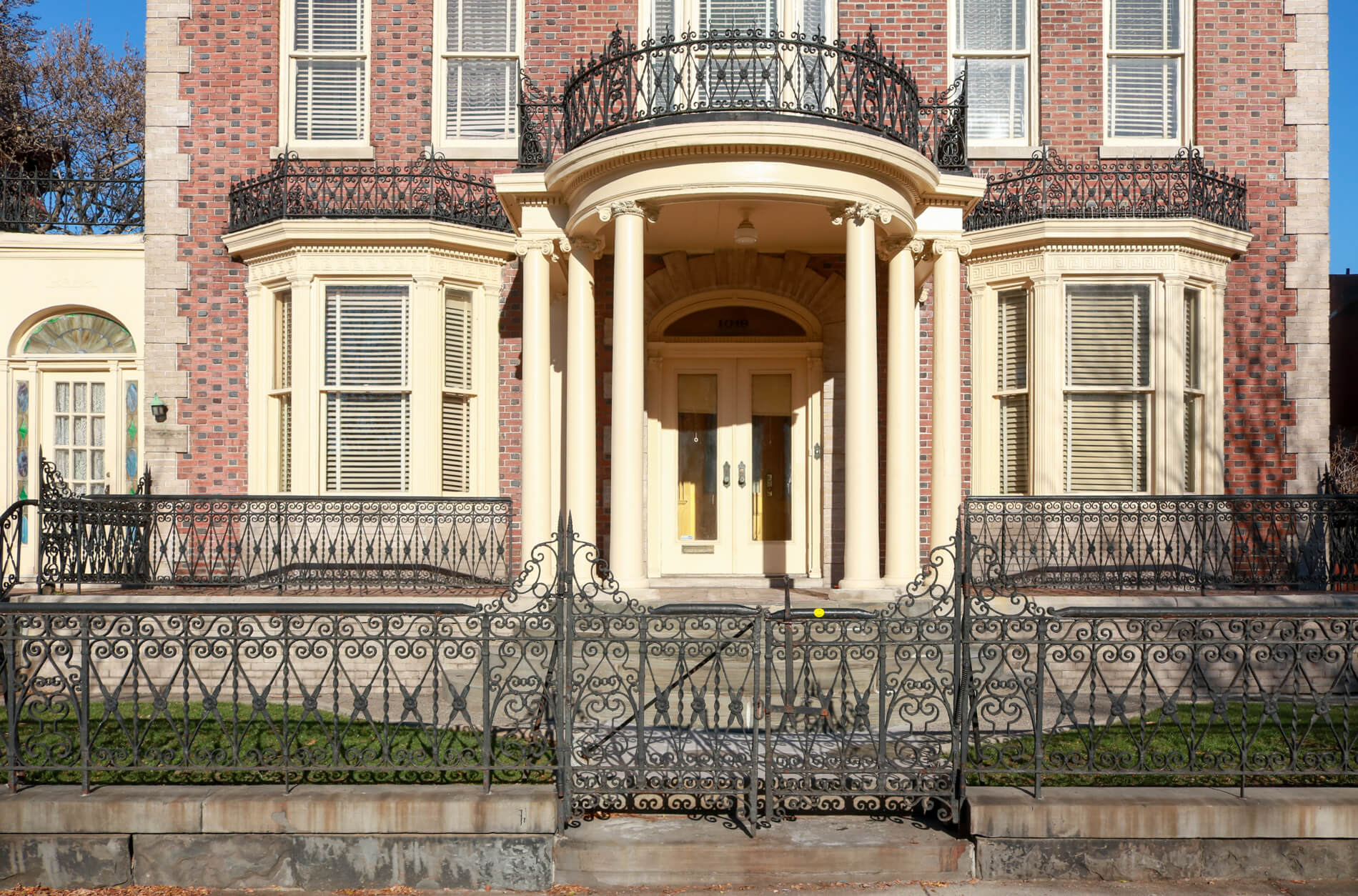
As we all know (hopefully), Bushwick’s first European settlers were the Dutch, who established farms and homesteads here. The great Dutch Reformed Church on Bushwick Avenue is a legacy of their presence. But by the 1850s, Bushwick and parts of Williamsburg were transformed into a German community, due to the large number of Germans who came here from several different German states, all fleeing a failed revolution to unite these separate nation-states as one German nation.
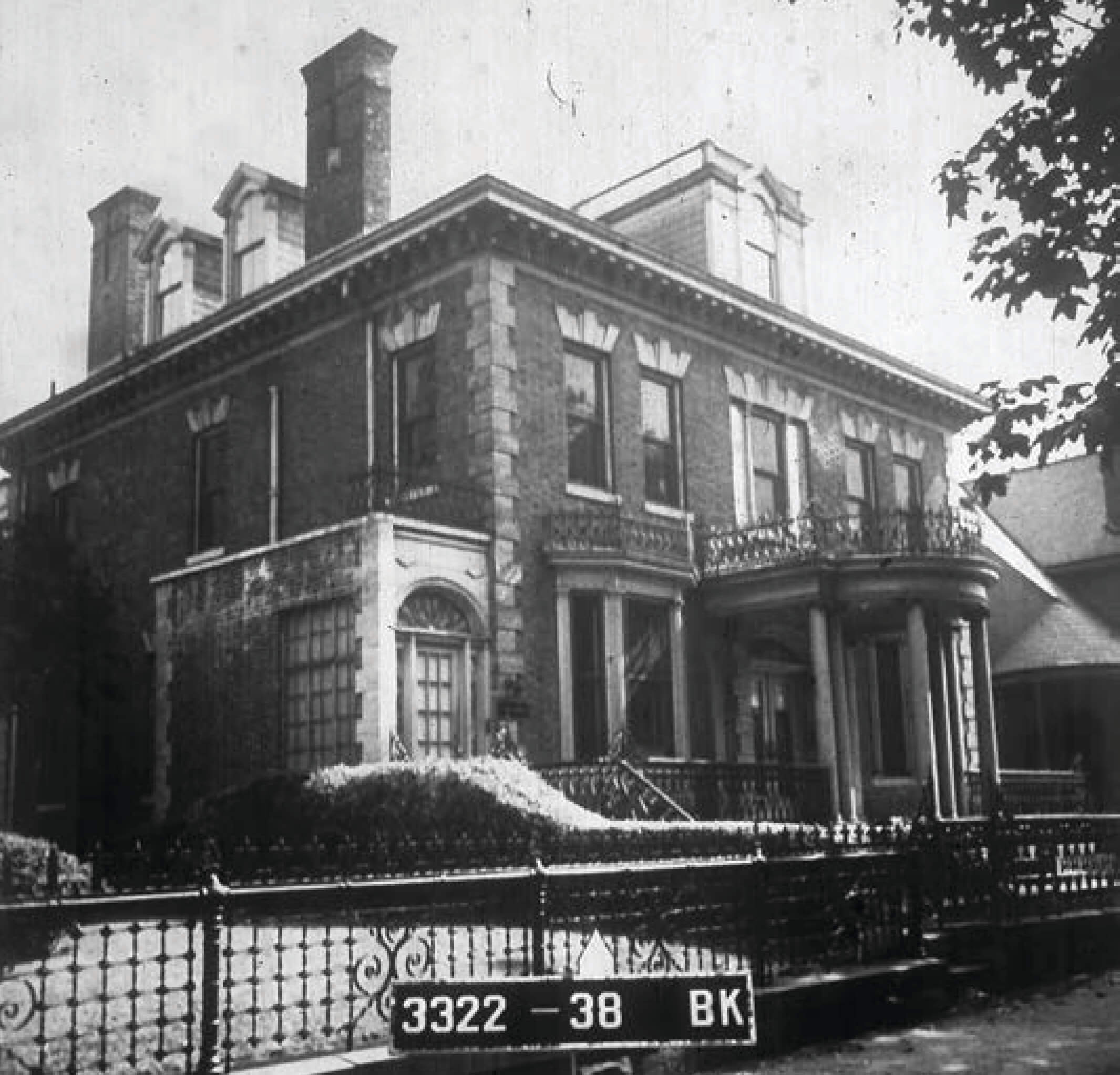
Many of these German immigrants were professional and educated people, and it didn’t take long before they became successful brewers, businessmen, merchants, and factory owners. By the late 1800s, mansions were popping up all along Bushwick Avenue, home to these now wealthy people.
Scores of builders and architects of German descent began building up the neighborhood with all kinds of buildings. The most successful and prolific was Theobald Englehardt, American-born, but the son of a German builder who specialized in breweries. He was certainly not the only one.
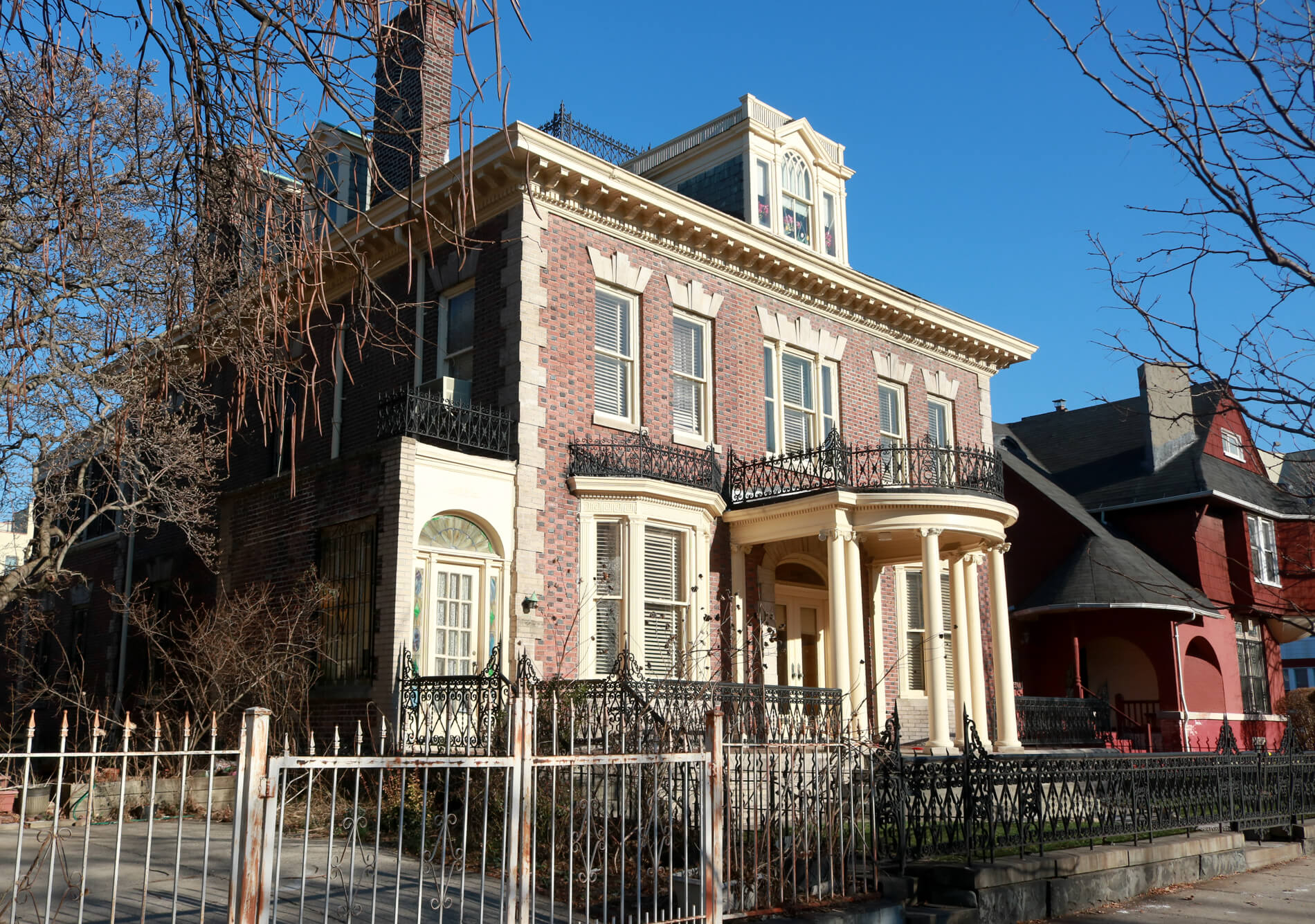
Peter Huberty was one of those successful German immigrants. He came here in 1867, trained as a teacher. After a number of years here, he became a lawyer, with a successful private practice. He later became the chief clerk in the Brooklyn Police Department, a job he held for eight years. He was very active as a Democrat in Bushwick and Brooklyn politics, and ran for Chief Justice of the Peace in 1895, a race he lost. In 1899, he was elected county clerk.
Like many of his contemporaries, Peter Huberty was very active in German social organizations, including the Arion Singing Society, as well as the Bushwick Democratic Club. Peter and Rosa Huberty had at least four children, two girls and two boys. His sons, Henry and Ulrich, both went into the architectural and building trades. Henry was president of the Werner, Huberty Company, general contractors and builders. Ulrich became an architect, and he designed this house for his parents in 1900, at the age of 23.
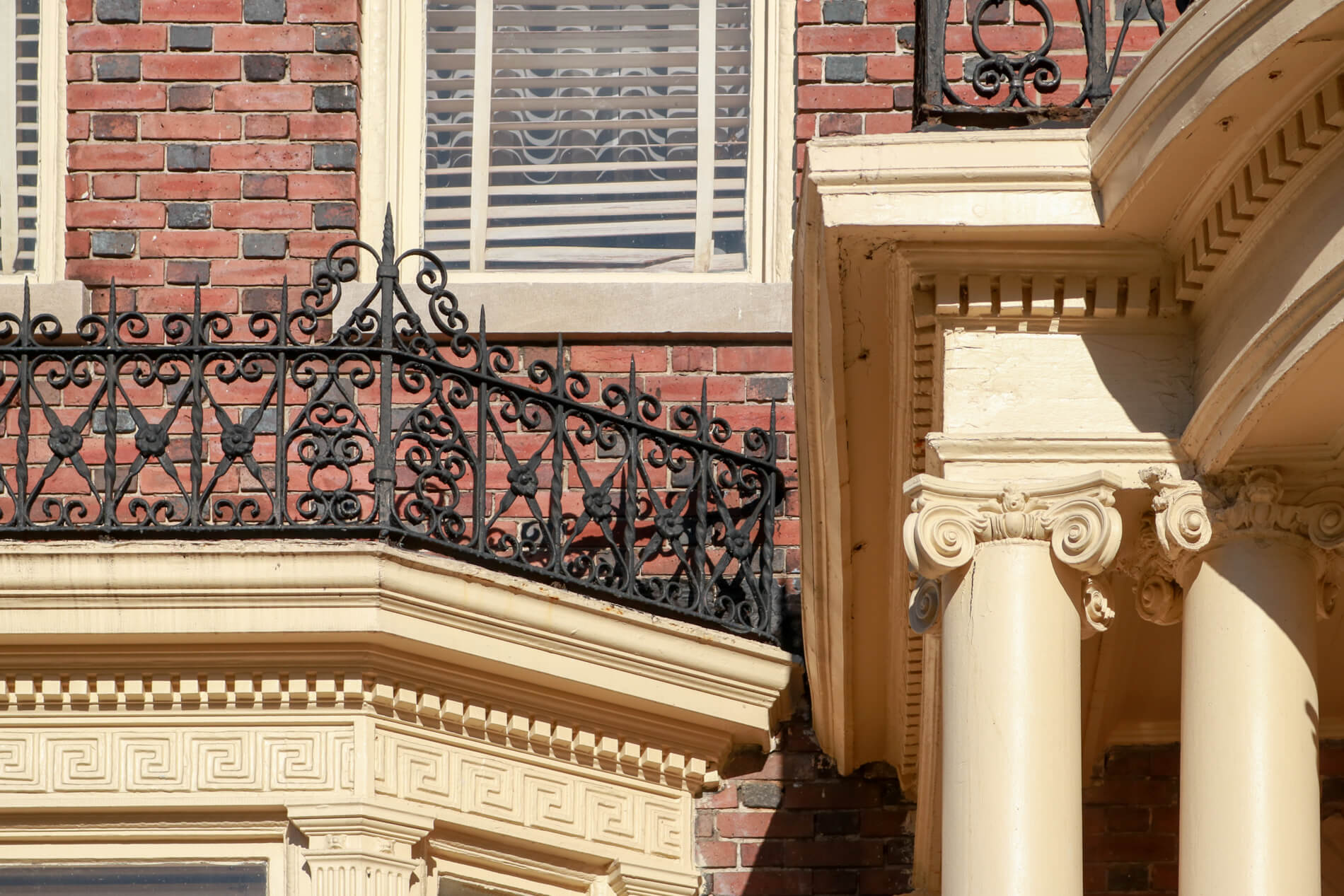
Ulrich Huberty had a very successful career. One of his early commissions was Prospect Hall, in Park Slope (now Grand Prospect Hall). He teamed up early in his career with Frank J. Helmle, a brilliant classicist who had worked for McKim, Mead & White.
The two men would go on to design some of early 20th century Brooklyn’s best work, including the Boathouse and Tennis House in Prospect Park, the Greenpoint Savings Bank in Greenpoint, the Hotel Bossert on Montague Street, St. Gregory the Great Catholic Church in Crown Heights, St. Barbara’s Catholic Church in Bushwick, and the Williamsburg Trust Company in Williamsburg.
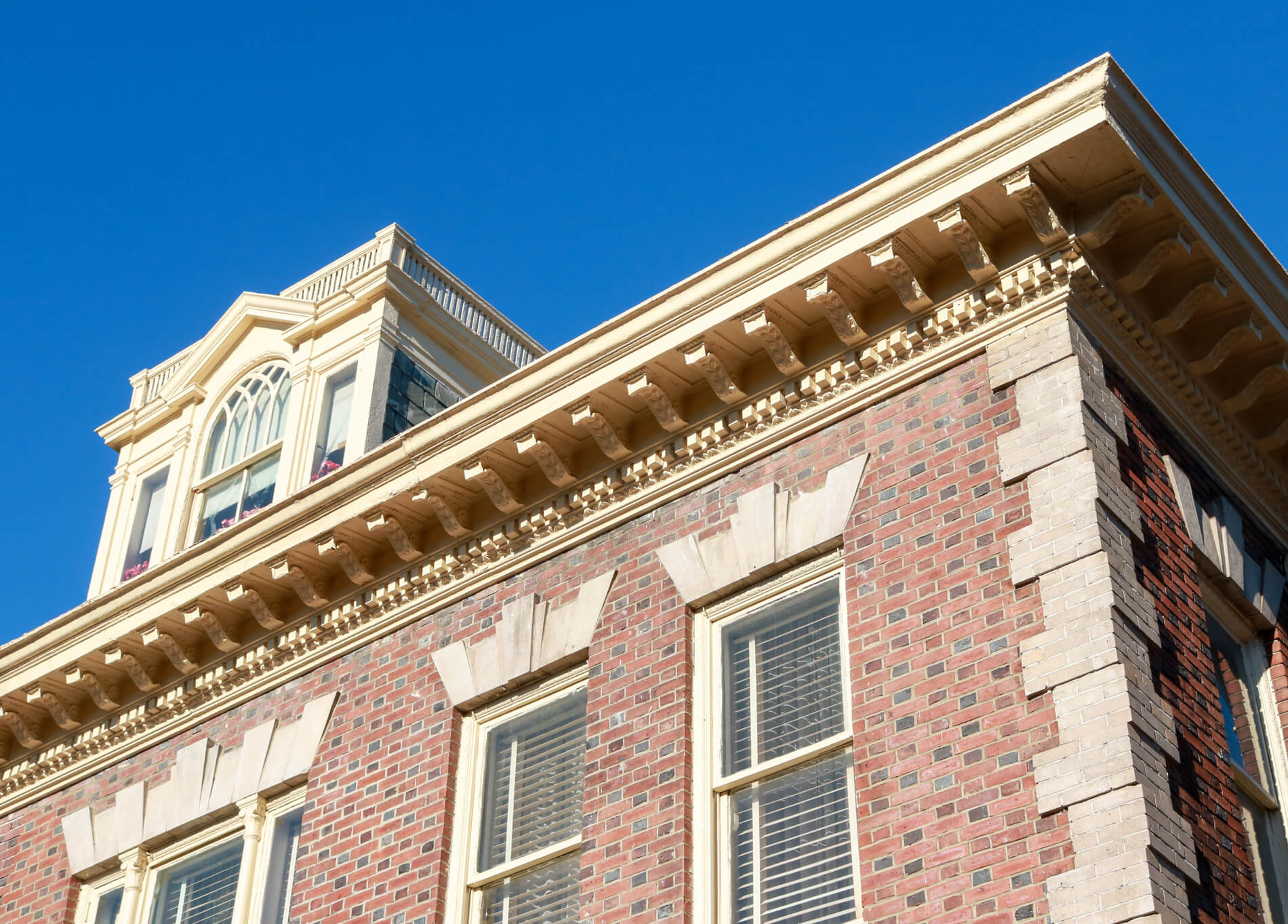
Although father Peter Huberty had a successful career, a successful and happy family, and a lovely home designed by his son, the family was beset with tragedy. His wife died in 1912. Three years later, his daughter Mary committed suicide by jumping overboard from a rowboat in Lake Kiamesha, in the Catskills.
She had been visiting her sister, who had a summer home there. Mary had been despondent since the death of her mother, but had seemed to be improving, and her trip to visit her sister was taken as a sign of this improvement. She was a school teacher in Bushwick, and lived in Bedford. She was only 25.
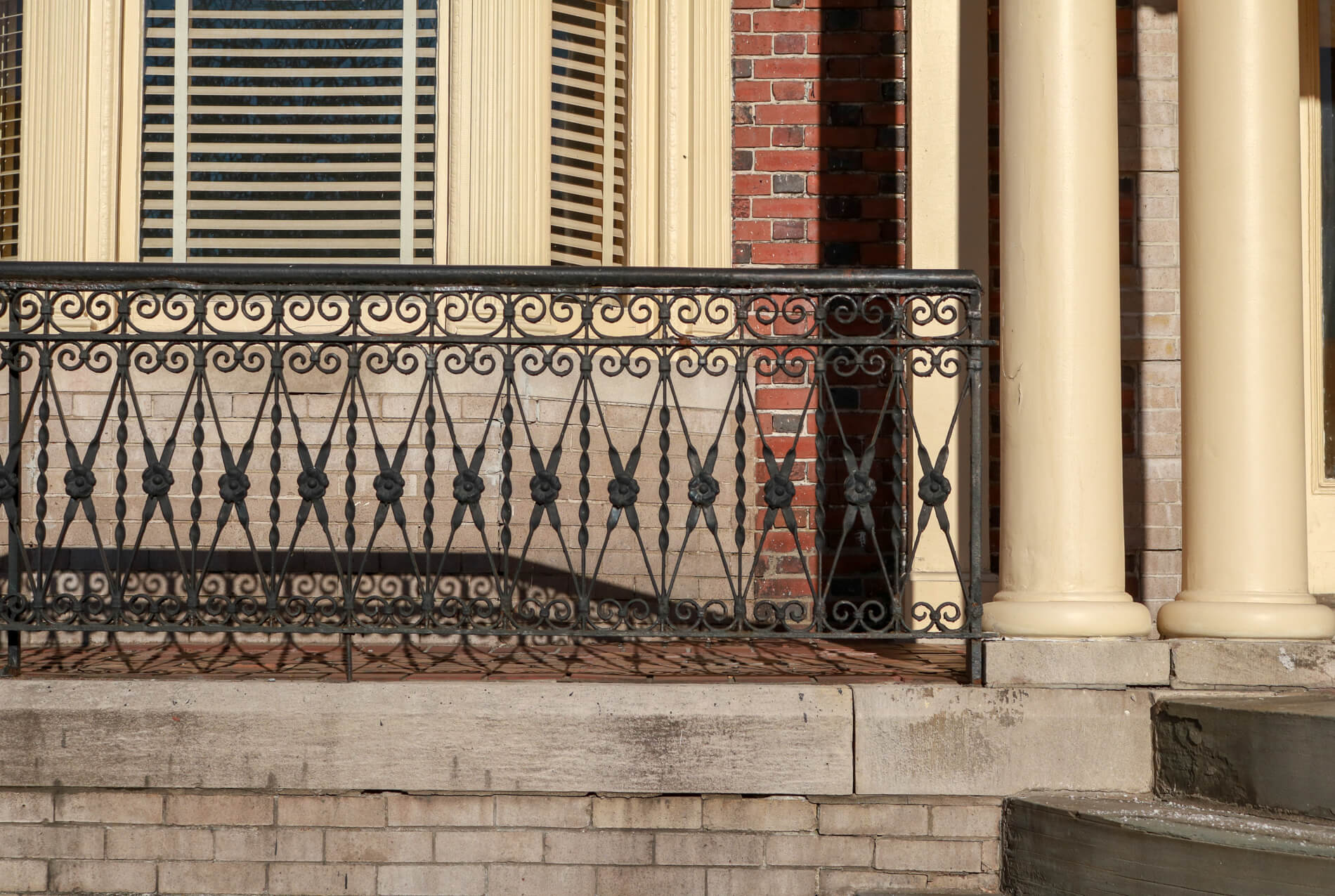
Ulrich died very early, at the age of 33. He passed away in 1910, a victim of typhoid fever. Had he lived, he may have become one of the finest architects of his day. He left a wife and four daughters behind. He’s buried in St. John’s Cemetery in Middle Village, Queens. His brother Henry also died early, in 1919, leaving a wife and three children. He lived on President Street in Crown Heights. He died of influenza — one of the thousands of New York victims that year of the worldwide flu pandemic that killed millions between 1918 and 1920.
Paterfamilias Peter Huberty moved from this house in 1909 and lived nearby. He died in 1920, survived by his last remaining child, Mrs. Thomas N. Cahill, his daughter. Today, the house is still a single-family home. In 2013, the house was up for designation as an individual landmark. It remained calendared for years until it was finally designated in 2017.
[Photos by Susan De Vries unless noted otherwise]
Related Stories
- 19th Century Mansions for the Masses in Bushwick
- A 19th Century Bushwick Home for Brooklyn’s Elderly and Indigent
- The Doctor’s Row of Bushwick, Built by a Beer Baron
Email tips@brownstoner.com with further comments, questions or tips. Follow Brownstoner on Twitter and Instagram, and like us on Facebook.





What's Your Take? Leave a Comment